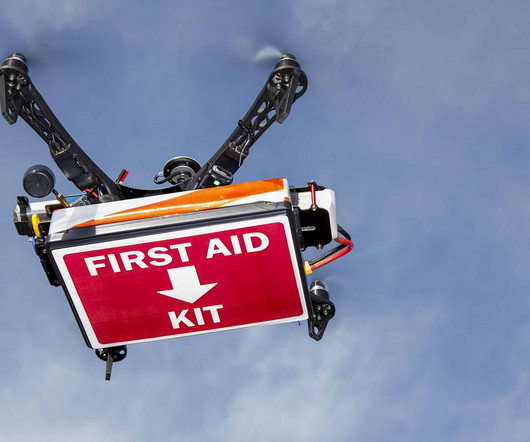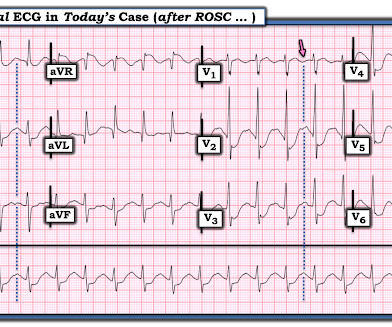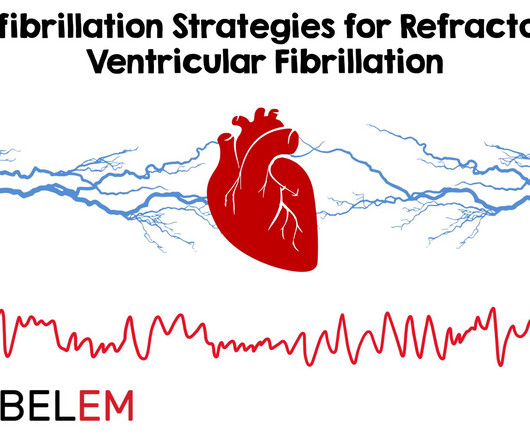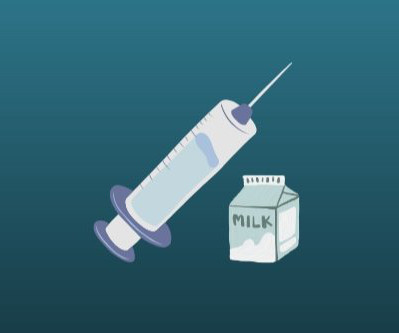The Future of Autonomous EMS Delivery Systems
JEMS
JULY 17, 2025
These unmanned aerial vehicles can rapidly deliver automated external defibrillators (AEDs), naloxone, epinephrine, and other critical supplies to the scene of an emergency, often faster than traditional ambulances. Delivery of Automated External Defibrillators via drone technology. Zègre-Hemsey, J. Bogle, B., &
















Let's personalize your content